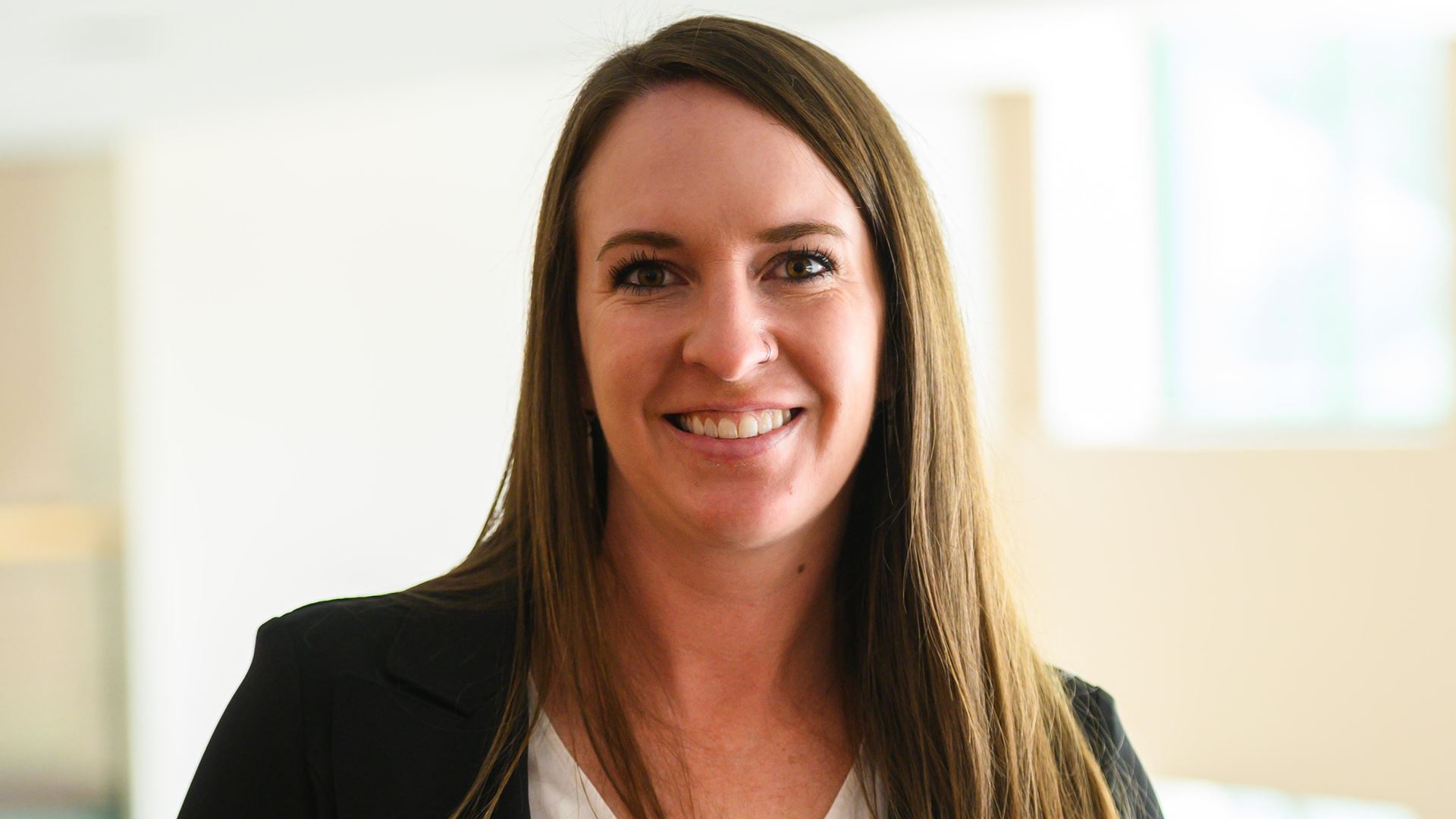An associate professor in New Mexico State University’s Department of Kinesiology is examining how and why children move in hopes of promoting physical activity well into adulthood.
Larissa True joined the NMSU faculty last fall from the State University of New York – Cortland. True’s areas of expertise are motor development, statistics and research methods.
“We are very excited to have Dr. True join the Department of Kinesiology,” said Joseph M. Berning, head of the kinesiology department. “Her experience and background bring a rare combination that will benefit both undergraduate and graduate students in the areas of motor development and statistics. In her short time here, she has already made great strides in the contribution to the advancement of our department, and we look forward to a great future with her on the team.”
True earned her Ph.D. in kinesiology with a concentration in motor development from Michigan State University, where she studied with Karin Pfeiffer, a renowned physical activity researcher.
“While I was at Michigan State, I wanted to look deeper into how kids move and why they move the way they do,” True said. “Think back to when you were a little kid in P.E. class. You had the superstars over here, but the kids who are struggling are over here. Why is that?”
True said while researching the topic, she learned about a link between genetics and movement. She became interested in a protein called the brain-derived neurotrophic factor, or BDNF, that is encoded by the BDNF gene.
“All humans secrete BDNF, and this is important because its secretion leads to synaptic plasticity, which lends itself to learning new skills and then remembering how to do those skills,” True said.
True said the BDNF gene can be expressed in different ways. For example, someone with the polymorphism, a genetic variation, would not secrete as much BDNF as someone without the polymorphism.
“With my dissertation, I wanted to see if physical activity would somehow override the effects of having the polymorphism,” True said. “Turns out, it does.”
True said she found children with the polymorphism who became more physically active showed motor skills at the same level as children without the polymorphism.
“It gives us a good way to promote physical activity, because the more active you are, the more you’re secreting BDNF and the quicker you should be able to learn and relearn motor skills,” True said.
True’s research primarily involves assessing the polymorphism and its effects among schoolchildren. That assessment involves the use of spit kits to find out which gene expression a child has. However, due to the COVID-19 pandemic, True hasn’t been able to conduct those assessments, and has shifted her focus on college students, including student-athletes.
“I’ve published a paper that was written with a former master’s student of mine,” True said. “We looked at physical fitness, motor competence and perceived competence, which is a person’s individual perception of how good they think they are at certain skills.”
True said they have found college student-athletes perceive themselves as better movers, and are better movers compared to average college students.
“So much of that has to do with what happened when they were kids,” True said. “Physical activity tends to decrease over the course of a lifespan, but if we can encourage kids to be active as youth, the idea is if you learn how to move and you learn how to move properly, you’re going to want to do it more as you get older. That’s human nature. We tend to not do things we aren’t good at.”
What is concerning, True said, is because of COVID-19 and the move to online learning, physical education classes are being cut.
“Kids need those, especially as kids get into middle school,” True said. “There’s a ton of research in all different areas, especially in scholastic achievement, that state kids do better in school when they have a chance to move.”
To read more about this research, visit https://www.mdpi.com/2075-4663/8/12/158.

